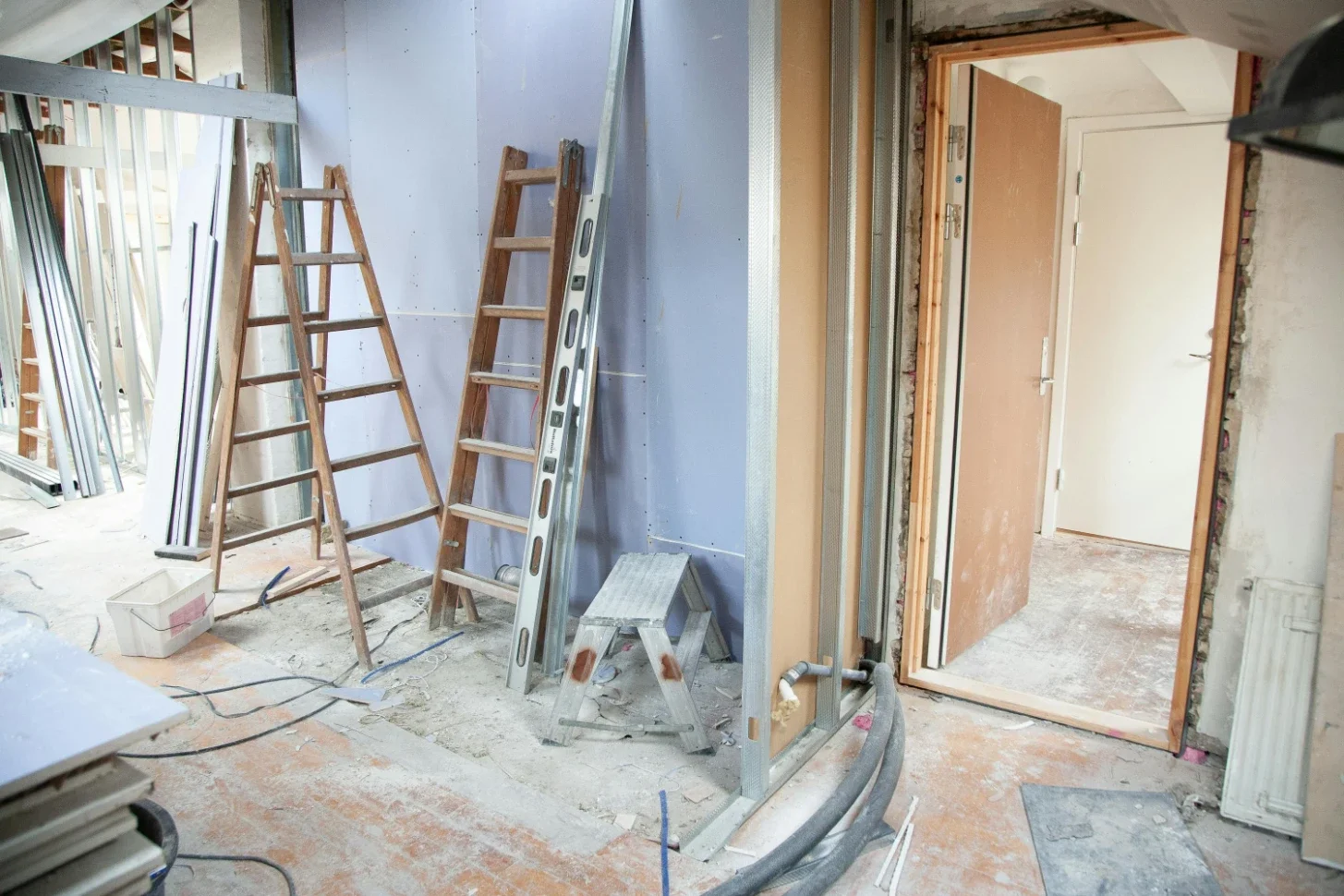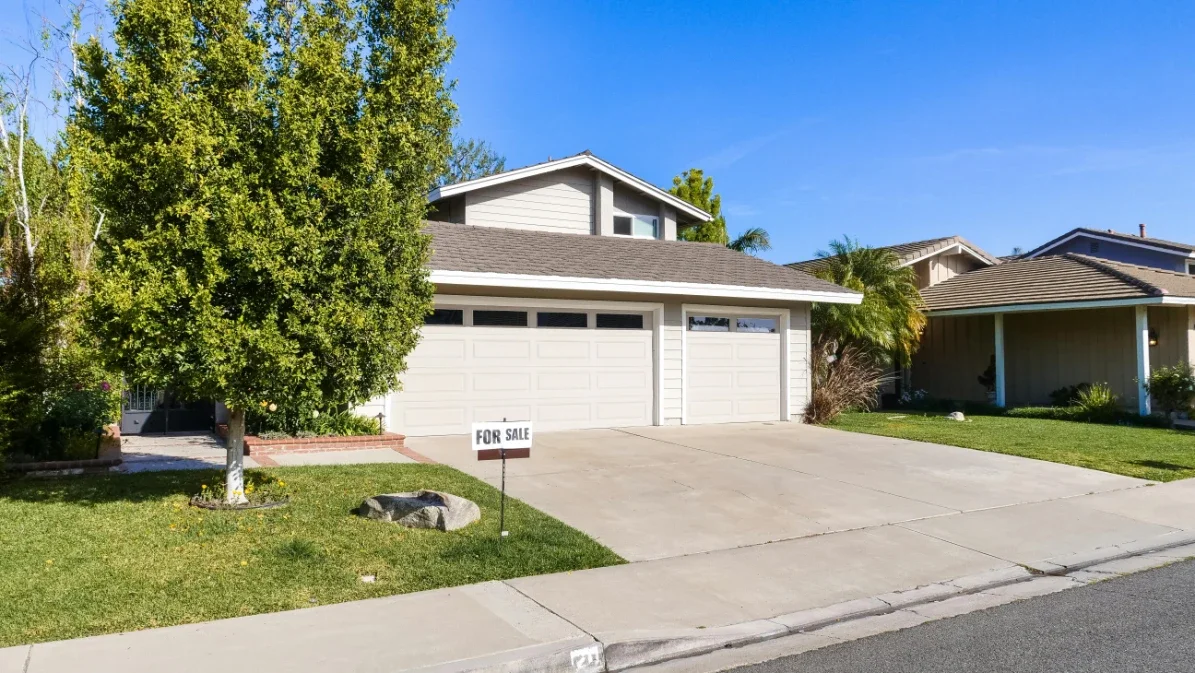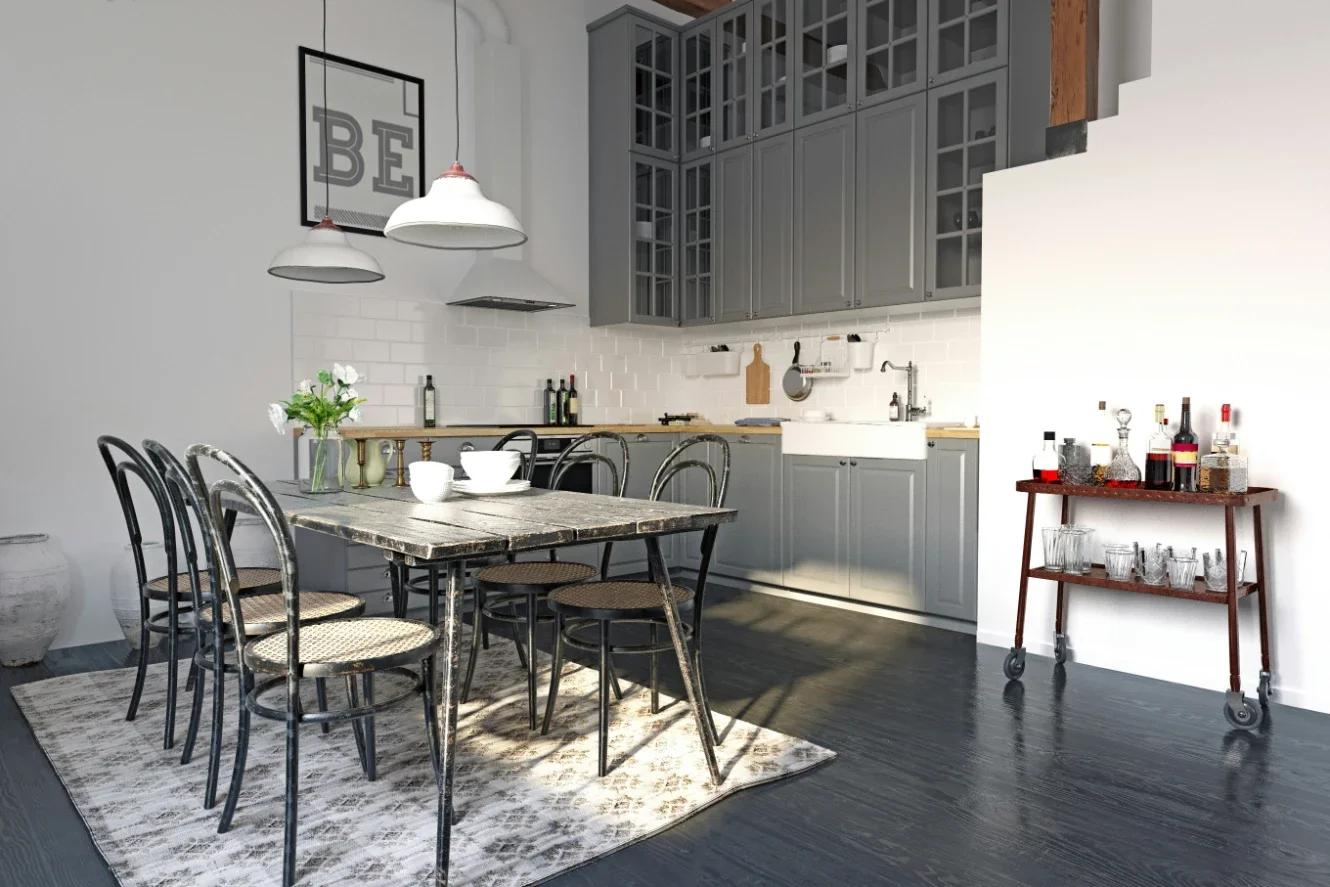The Garden Portal: How Curved Windows Blur the Line Between Indoors and Outdoors
Discover how curved windows create a seamless connection between indoor and outdoor spaces, enhancing light, views, and your garden experience.
Bringing nature inside, whether through indoor gardens or large windows, is becoming increasingly popular. While it may sound like a major undertaking, you can blur the line between the indoors and outdoors by changing your windows. Imagine standing in your living room as warm sunlight spills through a gently curved window, illuminating the lush greens and colorful blooms of your garden just outside. The frame disappears. The glass arcs with the landscape. The distinction between indoors and out becomes wonderfully blurred. That’s the quiet power of curved windows in garden architecture—a design trend that’s turning homes into tranquil sanctuaries, one graceful arch at a time.
In an age where homeowners crave both visual openness and a deeper connection to nature, curved windows are emerging as a beautiful solution. No longer reserved for grand buildings or historical estates, they’re now finding a place in modern homes, orangeries, garden studios, and even reimagined sheds. More than just a stylistic flourish, these windows create a seamless bridge between architecture and landscape.
Let’s explore why curved windows are taking root in garden design—and why customization is key to getting them just right.
The Rise of Curved Windows in Garden Architecture
While straight-edged windows have long dominated the residential market, curved windows are making a strong comeback, fueled by architectural movements that prioritize organic forms, light play, and fluidity of space. From minimalist homes to nature-inspired extensions, designers are using curves to soften structures and create more harmonious environments.
In garden-facing spaces, the effect is especially powerful. Curved windows invite light in from multiple angles, making rooms feel more open and alive. Instead of simply looking out at a yard, you feel enveloped by it. They act like panoramic lenses—perfect for showcasing climbing ivy, flowering borders, or sculptural trees.
It’s not just about aesthetics. There’s also a deepening interest in biophilic design—the concept that humans thrive when in close contact with nature. With their ability to maximize views and daylight, curved garden windows support this wellness-focused movement while elevating the visual charm of any home.
How Curved Windows Transform Garden Spaces
Curved windows do more than beautify—they transform how we experience our homes and gardens. Whether part of a breakfast nook, greenhouse, or sunroom, these windows:
• Enhance visual flow: The soft lines of a curved window mimic natural forms, making them feel more organic and less mechanical. This complements the shapes and patterns found in gardens.
• Frame the outdoors like art: A well-placed arched window can turn a tree, pond, or trellis into a living focal point—far more engaging than a flat pane of glass.
• Improve mental well-being: Natural light and views of greenery have been shown to reduce stress and improve mood. Curved windows increase both, often drawing in more sky and garden in a single sweep.
• Increase property value: Unique architectural features like curved windows can enhance the character and resale appeal of a home.
From garden offices with domed glass walls to conservatories that curve toward the sky, the design potential is vast—and often underutilized.
Customization: The Key to a Seamless Fit
Here’s where many homeowners encounter a challenge: off-the-shelf curved windows rarely meet the demands of garden architecture. That’s because every outdoor space—and every house facade—is different. Angles, elevations, plantings, and even sun direction vary from one property to the next. That’s why professional customization is essential when designing curved windows for garden-facing areas.
Why Garden Curved Windows Need to Be Customized
Unlike standard windows, curved versions interact uniquely with their environment. A factory-made arch might not align with your pergola’s silhouette, your sunroom’s dimensions, or your landscaping’s focal points. Customization ensures that:
• The radius of the curve fits the space without overpowering or underperforming
• Window size and shape complement your architectural layout and garden view
• Framing materials and finishes blend with your existing style—be it rustic cottage, ultra-modern, or something in between
• Thermal performance and light transmission are optimized for your local climate
Curved windows also need to perform year-round. A poorly placed or uninsulated arched window could lead to overheating in summer or heat loss in winter—issues best addressed through custom design and professional installation.
What Can Be Customized?
Curved glass can be customized to any specification. When working with an experienced curved windows specialist, they will custom-build a steel mold, shaped to match the desired curve of the window, which becomes the foundation for the glass. Here’s what can be tailored:
• Glass radius and arc: Choose how tight or wide the curve should be, depending on your wall dimensions and aesthetic preference.
• Window shape: Go beyond the standard half-circle—think full arches, ovals, segmented domes, or continuous glass walls.
• Glazing options: Double or triple-glazing for insulation, low-E coatings for UV control, or even self-cleaning glass for garden-facing panels.
• Frame materials: Aluminum for a sleek look, timber for warmth, or composite for a mix of both—each can be curved to match the glass.
• Hardware and finishes: From antique bronze handles to minimalist black trim, you can personalize down to the last detail.
The Benefits of Going Custom
Beyond the fit and finish, custom curved windows provide several advantages:
• Maximized views: Professionals can angle and scale your window to frame a specific garden feature or take advantage of natural light.
• Improved energy efficiency: Tailored glazing and sealing reduce drafts and regulate indoor temperatures.
• Greater design cohesion: Custom work ensures your window integrates naturally with your architecture and outdoor landscape.
• Durability: High-end materials and craftsmanship result in longer-lasting installations.
In short, a professionally customized curved window is not just a design element—it’s an investment in beauty, comfort, and functionality.
Installation Considerations: What to Know Before You Build
Installing a curved garden window is a rewarding project, but it does require planning. Here are key points to keep in mind:
• Structural adjustments: Depending on the size and placement, you may need to modify walls, supports, or roofing. Always consult with an architect or contractor.
• Permits and codes: Check local regulations. Some curved window designs, especially in historical homes or new extensions, may need approval.
• Seasonal light planning: Work with professionals to determine how sun patterns will affect the room year-round. You may need to incorporate shades or overhangs.
• Timeline and cost: Custom curved windows take longer to fabricate and install than standard units. Plan accordingly, and budget for materials, labor, and contingencies.
Real-World Inspiration: Curved Windows That Wow
1. The Palm House at Kew Gardens (London, UK)
Architect: Decimus Burton & Richard Turner (1844–1848)
Significance: The Palm House is a historic greenhouse with massive curved iron and glass panels forming a domed structure that houses tropical plants. Its arched windows and glass ceilings were revolutionary at the time, setting a standard for botanical garden architecture worldwide.
Why it’s famous: It’s considered one of the most important surviving Victorian glass and iron structures in the world.
2. Apple Park Headquarters (Cupertino, California, USA)
Architect: Foster + Partners (2017)
Significance: Apple’s iconic “spaceship” campus features one of the world’s largest curved glass installations, spanning more than a mile in circumference. The seamless glass walls curve around the circular building, creating unobstructed garden views and reinforcing Apple’s focus on minimalist design and nature integration.
Why it’s famous: It redefined modern corporate architecture with its scale, sustainability, and indoor-outdoor harmony.
3. Sainte-Chapelle (Paris, France)
Architect: Commissioned by King Louis IX (completed 1248)
Significance:While not modern, Sainte-Chapelle’s Gothic-style stained glass windows include arched and curved tracery that creates an ethereal effect. Though mostly vertical, the delicate curvature at the tops of the windows frames intricate biblical scenes and floods the chapel with colored light.
Why it’s famous: It’s one of the most celebrated examples of Rayonnant Gothic architecture, revered for its curved window craftsmanship and spiritual ambiance.
A Window to a New Kind of Living
Nowadays, having a private slice of nature—right outside your window—is a luxury worth investing in. Curved garden windows offer more than just style. They change how we live, how we feel, and how we connect with the natural world around us.
Whether you’re creating a sun-drenched reading nook, a greenhouse retreat, or a garden-facing extension, curved windows can elevate your space. And with expert customization, they’ll do it with precision, beauty, and purpose.
Ready to open up your garden view? Consult a professional glazier or window designer to explore the curved possibilities waiting just beyond the glass.







